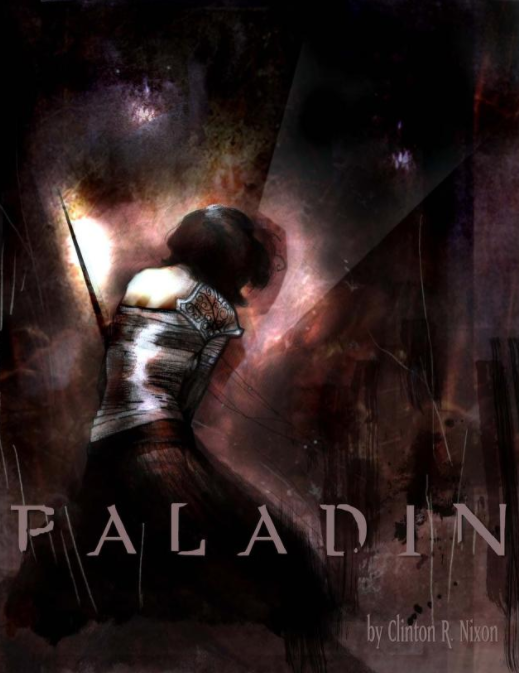I started to feel that I didn’t know roleplaying games well enough so I came up with the plan to read a roleplaying game corebook for every year they have been published. Selection criteria is whatever I find interesting.

I’ve read that in the Forge scene, designers had the idea that arguments about game design were best made in the form of a game. By designing and publishing something, you could demonstrate your points in practise.
I’m sure that in the midst of a design debate, this is a great way to make one’s points understood.
When reading one of these games almost 20 years after its initial publication, this method of making arguments is more opaque. Reading Paladin, it feels like it’s making a point of some sort, but because I wasn’t there for the conversations that formed its original design context, it’s hard for me to parse what the core design argument the game is trying to make.
In the interests of design history and future readers, I implore people who want to make design arguments to write them down clearly, perhaps as articles or books. This way, they’re easier to decipher by someone who doesn’t share the original social context of the writer.
It is clear that Paladin is a designer’s game, meant for other designers. It’s a booklet of less than thirty pages and clearly benefits from GMs and players who know how to elaborate minimalistically expressed ideas into game experiences. It uses words like color in the technical meaning they have in roleplaying game theory discussions and not in their everyday meaning.
The game is about playing heroic warriors who stand for their values against the forces of evil. Although the title of the game suggests paladins familiar from fantasy games, the clearest inspiration is obviously the Jedi of Star Wars. This is clear in design concepts such as the Animus, essentially the Force, which comes in Light and Dark varieties and gives the paladins their powers.
The book has a cursorily sketched setting but in essence it’s setting agnostic, most concerned with sketching out a specific type of play rather than anchoring it to any specific milieu.
One interesting design idea is splitting attribute scores into Flesh, Light and Dark categories. This means that some scores, the Dark category of Cunning, Rage and Seduction, come already morally judged!